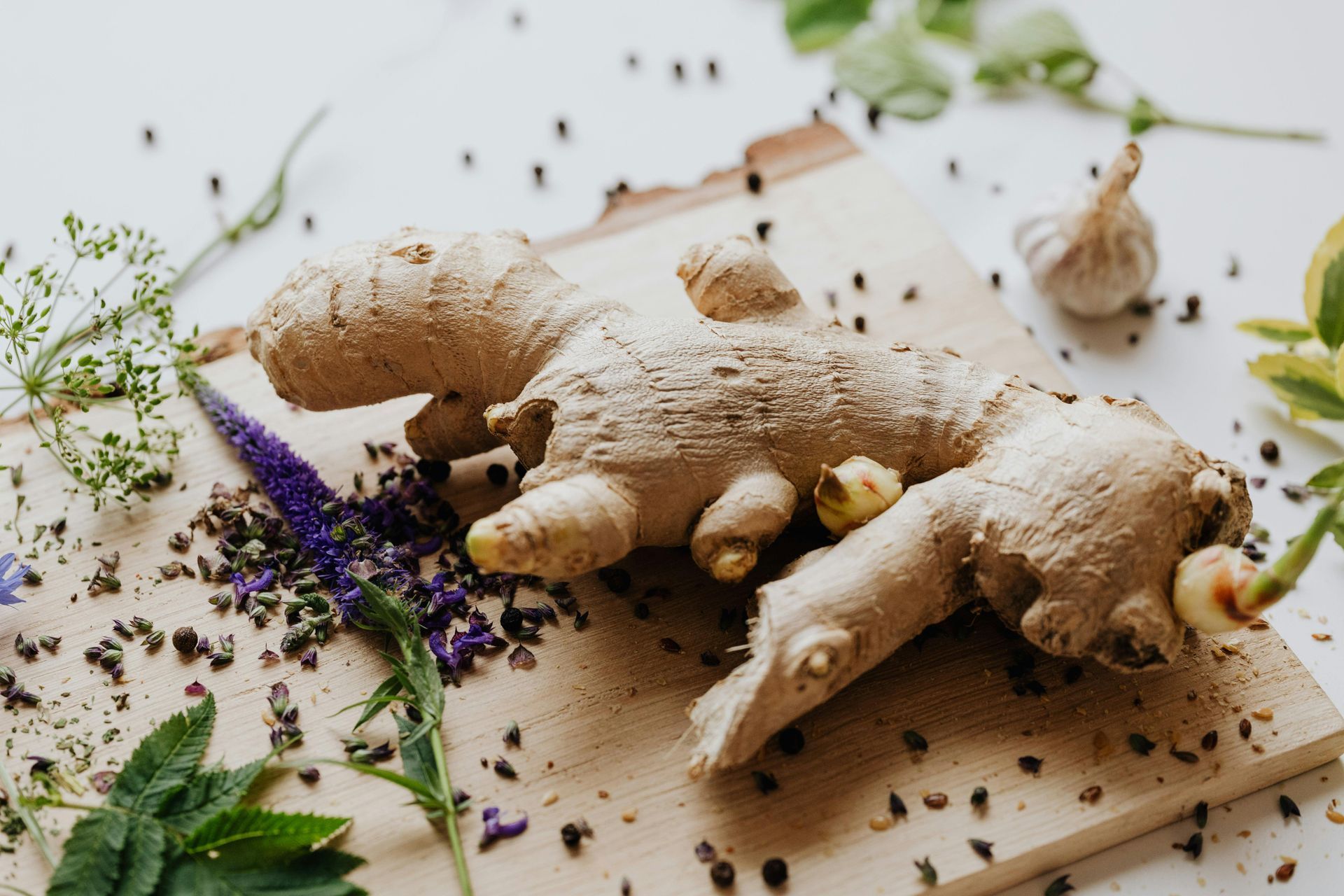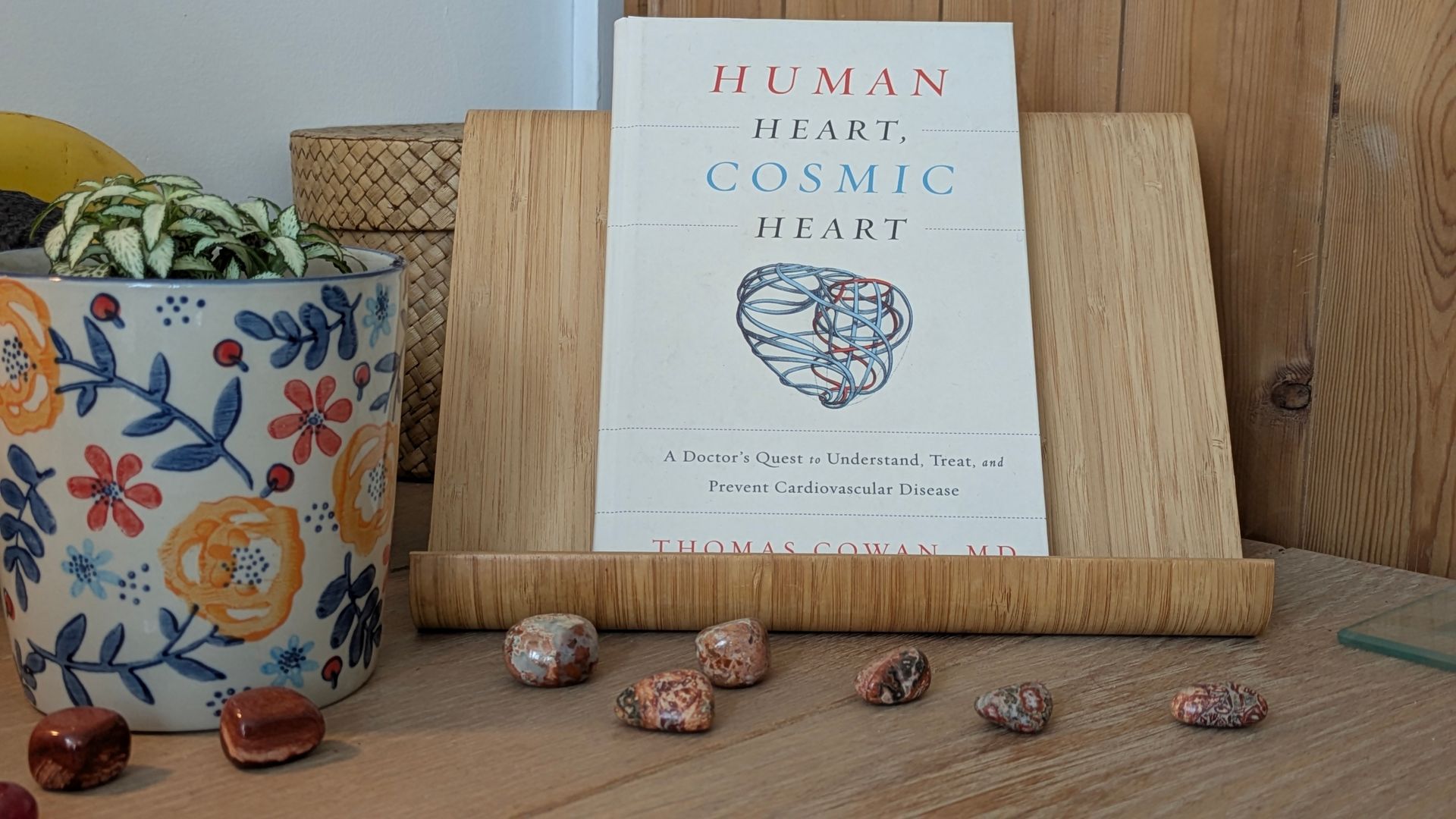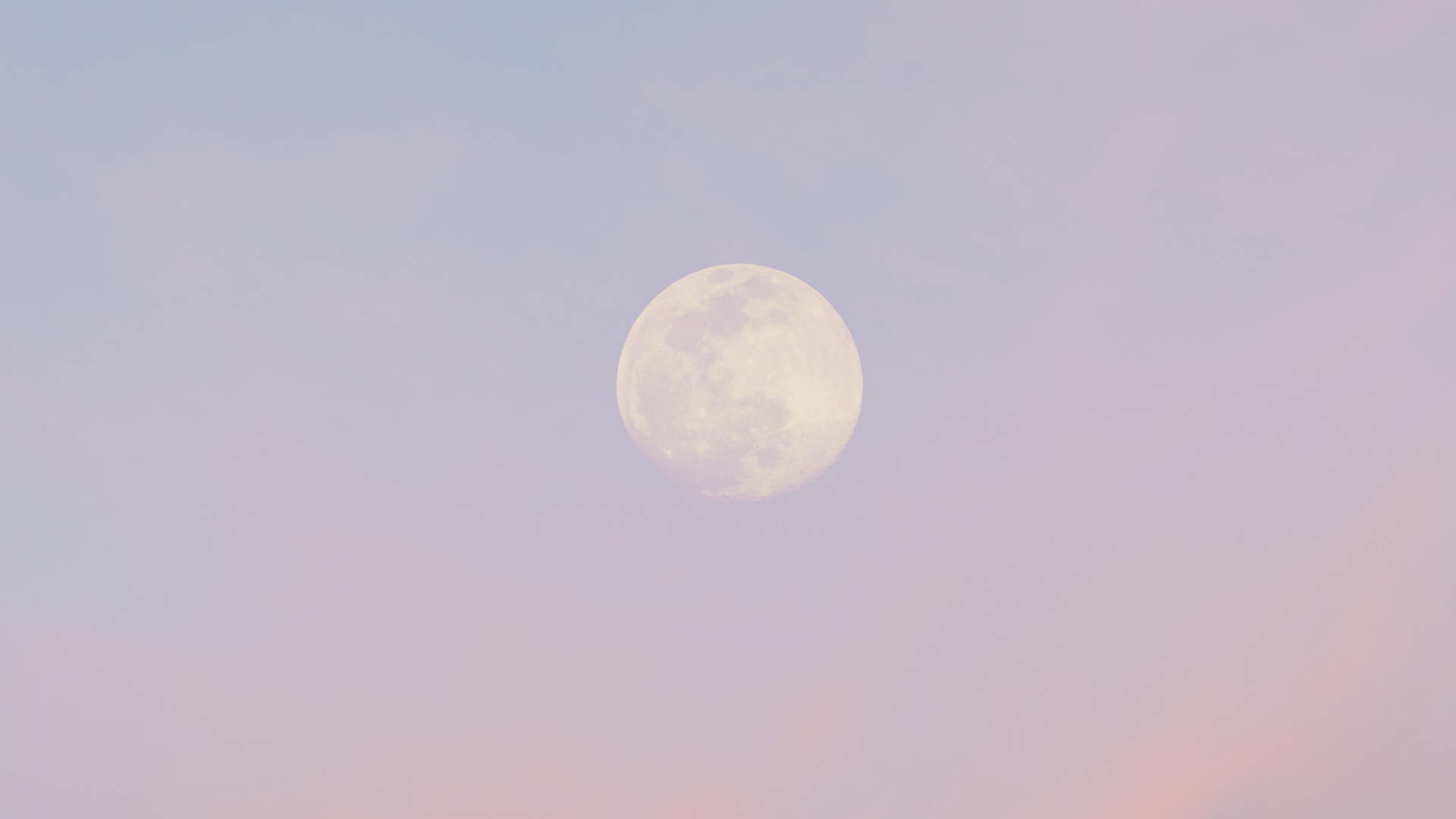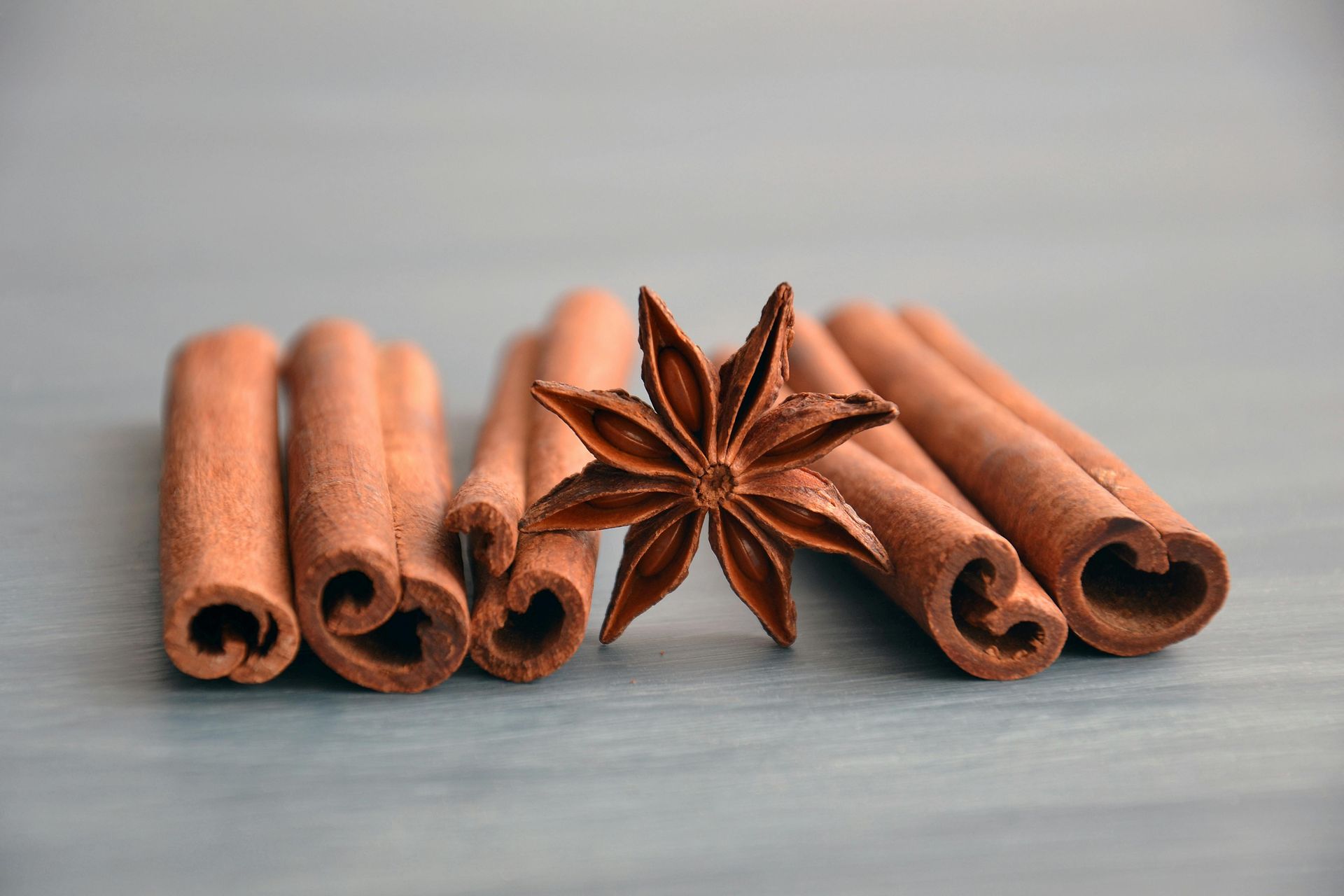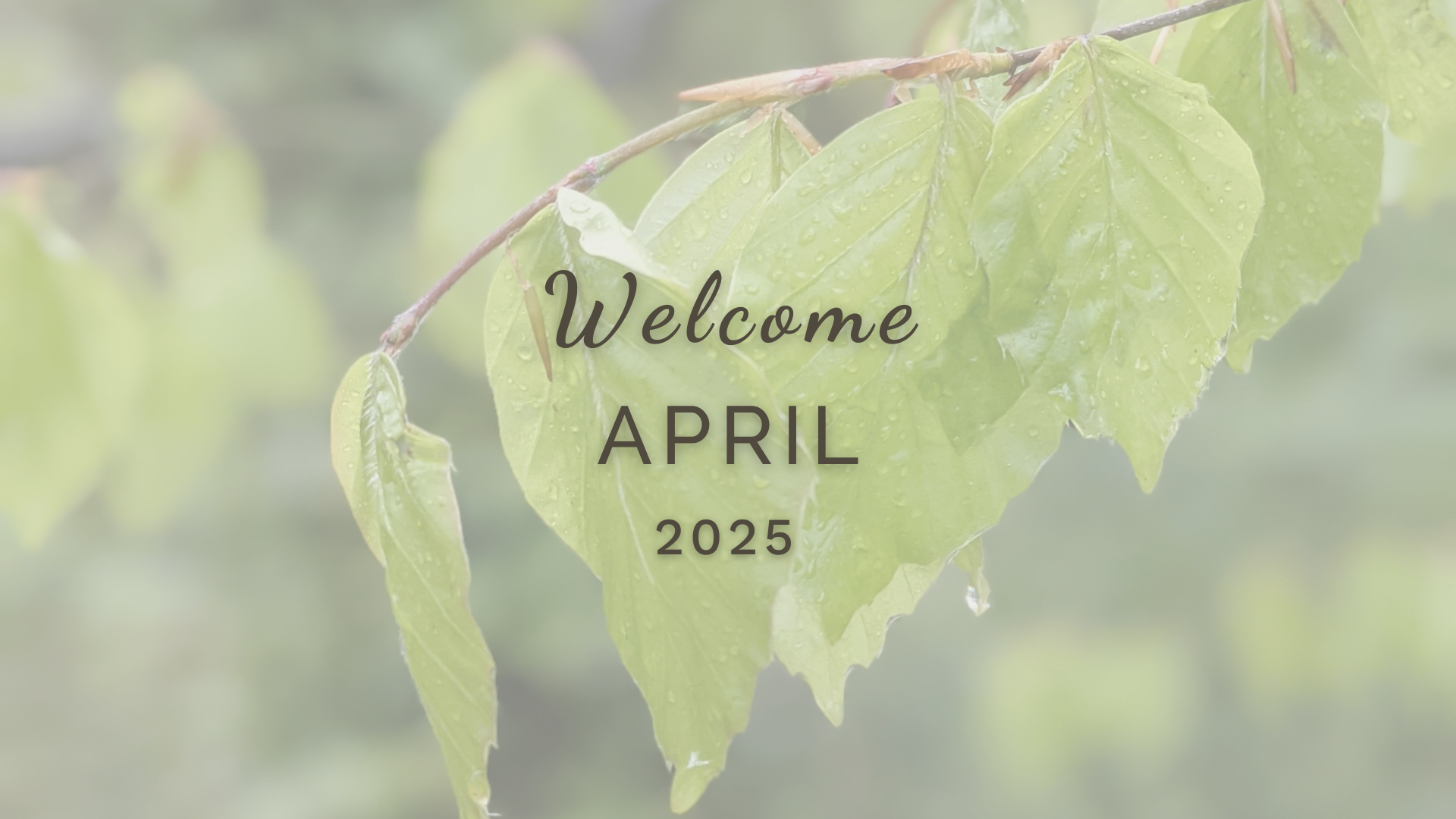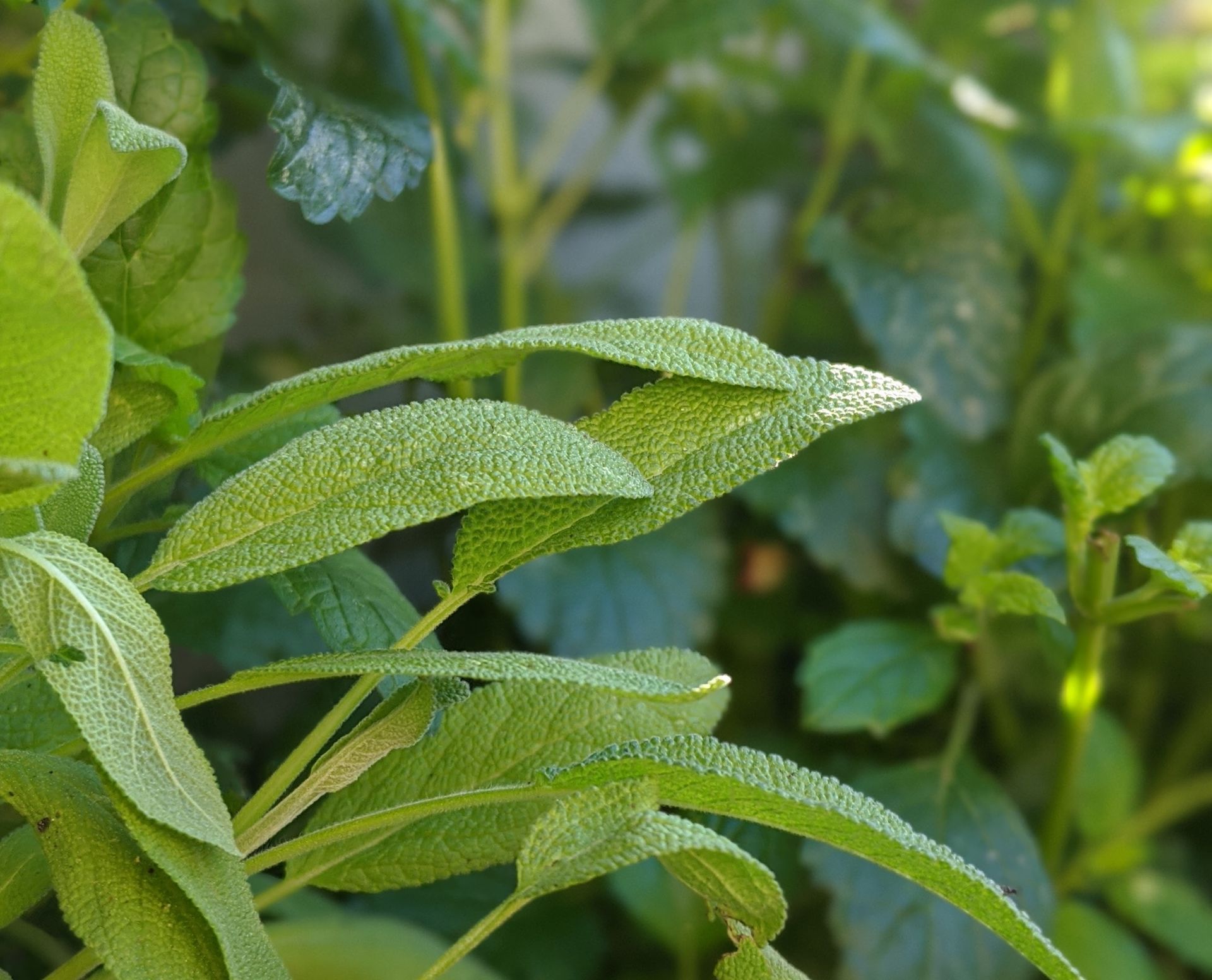The Running Hare by John Lewis-Stempel
A field of golden wheat with wildflowers and a family of hares
Having so enjoyed a year in the life of The Wood by John Lewis-Stempel, I was even more absorbed by 'The Running Hare' which shares the story of a barren field transformed into a sanctuary for Nature and a golden sea of wheat - sown and scattered using the traditional tools and methods of the old farming ways.
As we feel instinctively in our bones that it's time to get back to our roots where we were once at one with the land, the elements and the wilds of Nature, this book was discovered at an auspicious time. Beautifully written as a conduit to remind us of the simplest pleasures found outdoors and to show us how we can create such abundance for ourselves.
In terms of how to best work with the land and Nature, we are in safe hands. The author is knowledgable, wise and experienced in this regard, representing the human-hand needed to tend and enhance natural environments where Nature is free to thrive without interference.
As we read The Wood through the eyes of a Master Woodsman so we read The Running Hare through the eyes of a skilled Farmer and Landsman bringing forth a wealth of sacred knowledge that will serve us well into the future.
The Running Hare relates the story of renting an arable field in Hertfordshire and turning it into a traditional wheatfield over the course of one year. It's a private endeavour spurred by childhood memories of golden wheat fields swaying in the wind with wild red poppies, cornflowers and corn marigolds dancing inbetween. It's a memory the cornstalks left to plenish the land after harvest where 'cowering grey' Corncrakes, as small as Blackbirds, 'railed' in nests nestled vulnerably on the bare earth.
Such vulnerability is unable to survive in the modern landscape of mass farming and incessant chemical sprays. Our overworked and abused farmlands have long been avoided and abandoned by wildlife and birds who have gradually lessened or even disappeared with the removal of old traditions.
However, this book brings with it much hope; that old traditions never die and can be resurrected amongst our polluted rolling hills. It is confirmation that Nature is a miraculous living being in her own right and that she will flourish when we take the trouble to learn her ways and how to work with her through the seasons.
I love books that share stories of working with the land using traditional farming methods that take us closer to the natural world and all that thrive there. This is healthy work that engages and benefits our physical, mental, spiritual and emotional beings, and whole-being. These stories and insights provide invaluable knowledge and a rich resource of information for anyone with a desire to work in harmony with the land.
The Running Hare provides such knowledge and is a pleasure to read. Full of poignant moments such as bringing the worms back to the soil, the arrival of the hares, saving the toads, working together in the field, keeping out the foxes and the end result where 'this kingdom of flowers buzzes with flies, crickets and grasshoppers, and hums with bees.'
At the beginning of the book, the author turns his attention to enticing the birds back to the barren patch of land.
'Naturally, the rooks are visiting the bird table in search of easy pickings. One unhooks the seed hopper so it falls down and spills its insides; the other rook, having watched this exercise in breaking and entering, unhooks the peanut dispenser so it too plunges to cascade its contents like a gaming matching with a winning line... It is no surprise, rooks have an intelligence to rival that of chimpanzees... [And so], I leave the rooks to their well-gotten gains and drive to Hereford to buy a 25kg sack of bird food!'
This level of understanding and appreciation for the lives and tendencies of our fellow wild creatures raises the bar and shows us that it's always a relationship of give and take, with us - the humans - using our minds to comprehend how things are and how we can consciously make the best contribution for the highest good of everyone (and everything).
The Running Hare contains valuable knowledge about the natural life of an open field environment in contrast to the vast and lifeless wheatfield owned by the affectionately named 'Chemical Brothers' next door whose field spurns 'a white bleach mark from the overuse of pesticides and herbicides with cracks in the earth sizable enough to insert a hand into.'
Joyfully this does not prevent or spoil John's efforts to turn his newly acquired 'Flinders' field into a glorious and abundant wheatfield enjoyed by birds, wild animals, wildlife, wildflowers, wild herbs and all that comes with a worm-filled rich soil and the care of someone who understands the needs of the land and how to nurture it through the seasons.
It is interesting to learn about the search for various types of traditional farming equipment, repaired and used at each stage of the wheat growing process, from ploughing the field, sowing the seeds, harvesting, transporting and storing the harvest at the end of the season. It is good to know that quality tools built to last a lifetime are still around and will find a place in our lives again.
Learning about the countryside traditions of our ancestors and how to work in harmony with the natural world is priceless and increasingly valuable as we regain access to our lands as true sovereigns. I look forward to putting such methods into practice.
Sue Cartwright
Spiral Leaf
Buy the book!
Purchase a copy of this wonderful book by following the affiliate link to the Spiral Leaf bookshop below.
Thank you for sharing!
for you, for me and for Mother Nature
Latest Posts
All Posts


